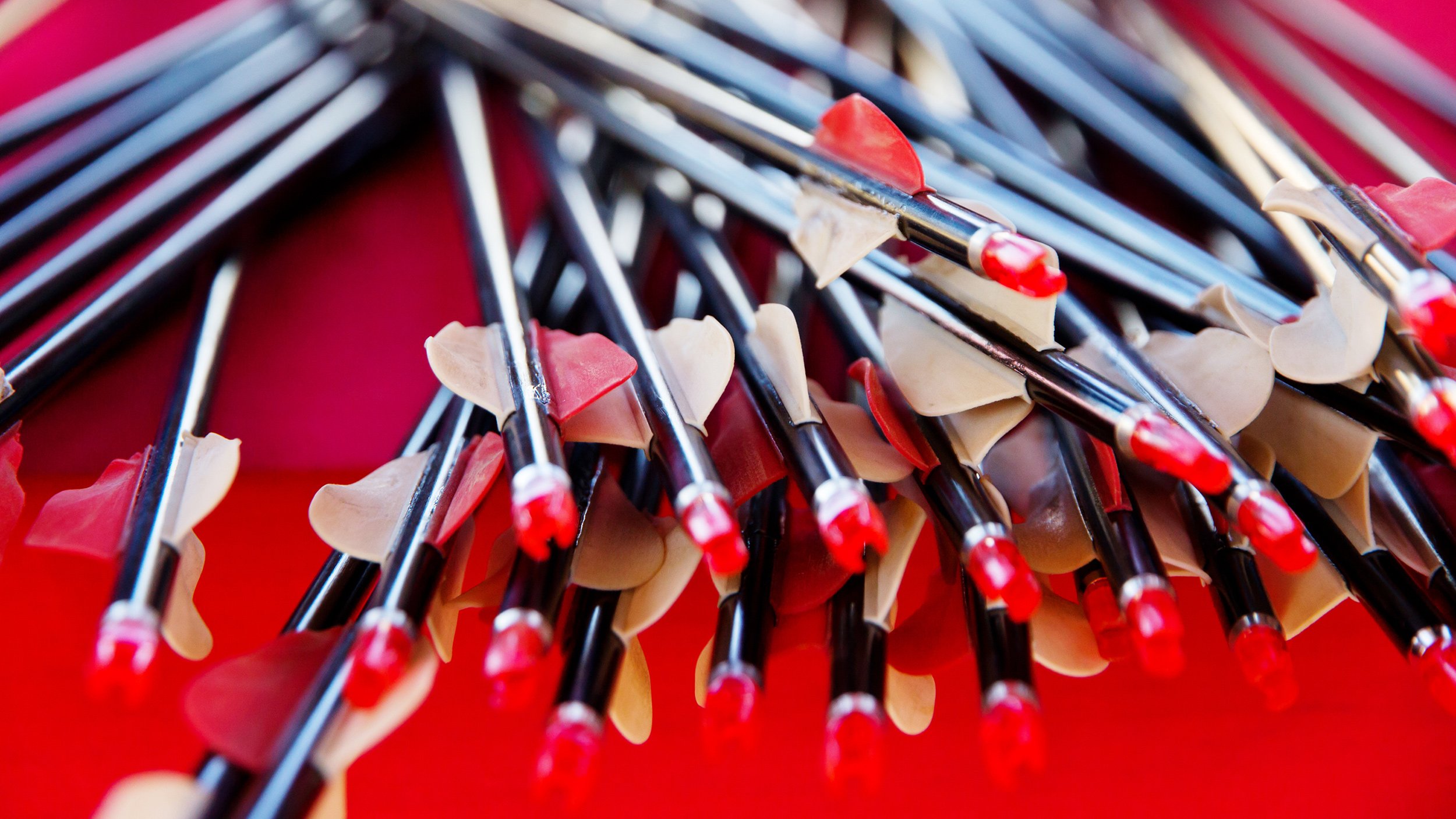What Should I Know About Tuning and Maintenance?
Table of Contents
Tuning
Tuning is a way of increasing accuracy by adjusting and adapting your equipment. This can be a complex process, and if you are just beginning, you should seek the advice of a coach or a more experienced archer. When you are just starting out in the sport, the best “tuning” you can do is in your shooting form and technique. Knowing how best to shoot your bow to maximize consistency and prevent injury will help you a great deal throughout your archery career.
Having a bow tuned perfectly to your physical specifications will also help you, but it isn’t as important right away. Also, every time you change something significant in your form, you may need to re-tune your bow. For this reason, it is a good idea to work first on form and then tune your bow when you have reached a level of consistency in your shooting form. You can always re-tune your bow later on, but making form changes at a future date can be difficult the longer you shoot with incorrect form.
Tune your form first, ask a coach or experienced shooter to help you with equipment tuning basics, and worry about the more complex tuning process when you have reached more advanced levels. That way your form will be consistent enough to benefit from tuned equipment.
Bow Maintenance
Whether you have been shooting a day or a decade, you will want to take good care of your equipment. Make a habit of checking your bow and arrows before you shoot. Check limbs for nicks, cracks, and that your bow is strung properly. Look over the metal parts of your bow to check for rust or corrosion if you shoot in humid or rainy places.
Some bow manufacturers recommend applying a light synthetic wax to your bowstring every few months. Either way, you should check your bow strings for signs of fraying, loose or broken strands. If you shoot a compound bow, routinely check your bowstring and cables. Lightly run your hands over the surface of your bow limbs and look closely for cracks, bulges in the limb surface, or twisted limbs. While it is rare, cracks may also develop in some risers.
A bow in need of repair or replacement parts could break if you continue to shoot it. In the case of a damaged riser or limbs, your best bet is to stop shooting, unstring the bow carefully if it is a recurve or longbow, and contact the local dealer or bow manufacturer to ask their advice.
Arrow Maintenance
Arrows typically see the most wear and tear of all archery equipment, which is why you should inspect your arrows before practice and each and every time you plan to shoot them.
Look at the points to make sure they are not coming unglued or unscrewed. Inspect the fletching to make sure they are fully attached and replace any nocks that have cracks.
If you shoot aluminum or wooden arrow shafts, you can check for straightness by laying them on a table so the fletching is off the edge. Simply roll them back and forth and bent arrows will be obvious right away. With wooden arrows, keep an eye out for cracks, which can cause the arrow to break dangerously in the middle of the shot.
If you are using carbon shafts, flex the arrow and listen for any cracking sounds to be sure the arrow shaft is not splintering in any way. If you do find cracks, be very careful to avoid touching the splinters, which are more dangerous than wooden splinters, and do not shoot the arrow again.
Storing Your Bow
Always be sure to store your equipment carefully. Most archers use a padded bow case or bow bag. If you intend to travel with your bow, you will want a good case to prevent damage. Some traditional shooters store their unstrung bow in leather or cloth sleeves. Whichever storage method you choose, avoid leaving your bow in places where it would experience extreme heat or cold, as this may damage some of the equipment.





